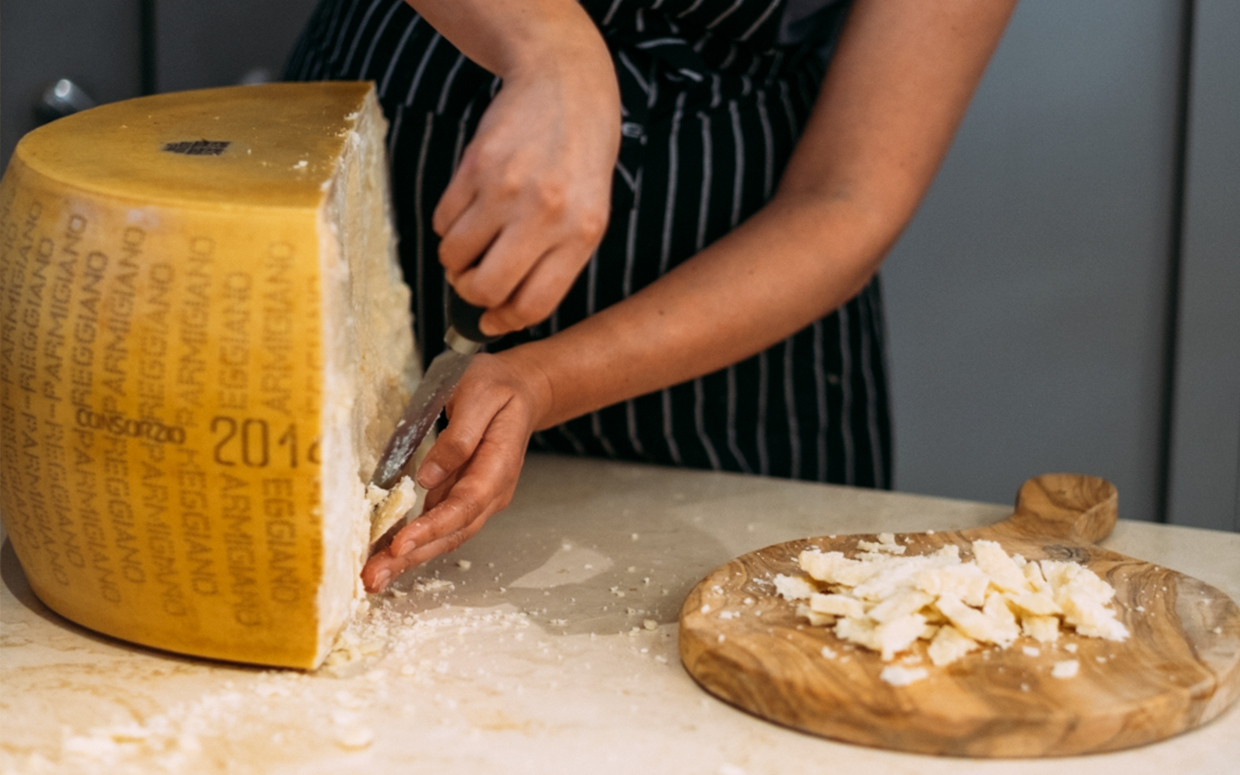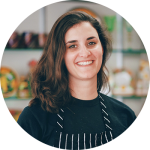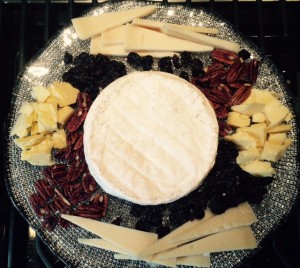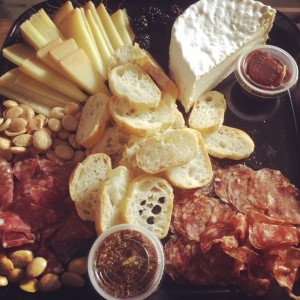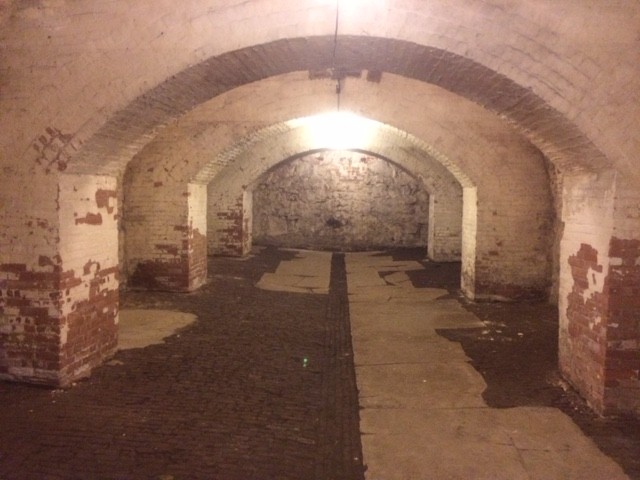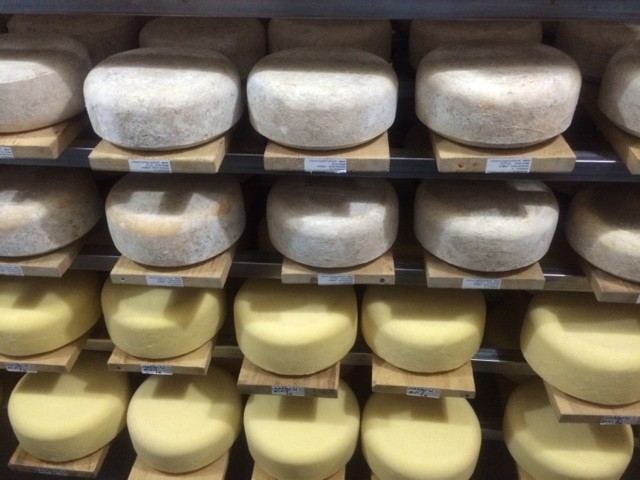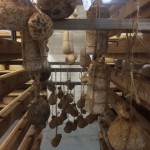At the end of June, a very special event will be taking place at a cold storage facility in Long Island City, right across the river from Manhattan. If some of you are thinking about some kind of clandestine meeting of big-shot mob bosses, well, you’re not far off. Well, except that instead of the actual mafia, it’s the cheese mafia. And instead of cold-blooded killers, the attendees will be competitive cheesemongers. And it’s not clandestine at all…Okay. So it’s nothing like a secret mafia meeting. It is, in fact, The Cheesemonger Invitational, and yours truly will be one of the competitors.
That’s right, folks–there are indeed competitive cheesemonger competitions, and the cream of the crop is CMI. Held twice a year (once in New York and once in San Francisco), CMI is the ultimate cheesemonger test. Amongst the fourteen (!!) total challenges, the competitors are tested on their cheesemaking and affinage knowledge, their ability to cut cheese to weight, wrap cheese in both plastic and cheese paper, their salesmanship and charisma, ability to pair various cheeses with both beverages and accompaniments, and plating skills. It’s a cheesemonger marathon–a true test of skill and knowledge for those who make their living selling cheese.
While it’s true that CMI is a competition, it is first and foremost about creating a sense of community amongst mongers from far and wide. As they state, “Our mission is to inspire cheesemongers. Selling cheese is a profession that spans centuries. Great cheese does not exist without great cheesemongers…. This profession requires an unwavering commitment to practical skills, as well as, a never ending desire to learn more about history and science. The Cheesemonger Invitational is that rare opportunity for amazing cheesemongers to be celebrated by their community.”
In the spirit of celebration and adding to the mongers knowledge, CMI also offers mongers a chance to learn from the best, in addition to the competition. Cheesemakers, distributors, affineurs, and other accomplished cheesemongers teach classes and provide guidance for the competitors during an education day before the competition takes place. It’s a great opportunity to learn and hone the cheesemonger craft.
I’m excited to be a part of this amazing event, and even more honored to be a part of the cheese community. I can’t wait to come back and regale you all with my stories. If anyone is interested in heading to New York and cheering me on, CMI is open to the public, so buy your tickets soon! More information can be found on their website.
Wish me luck!

